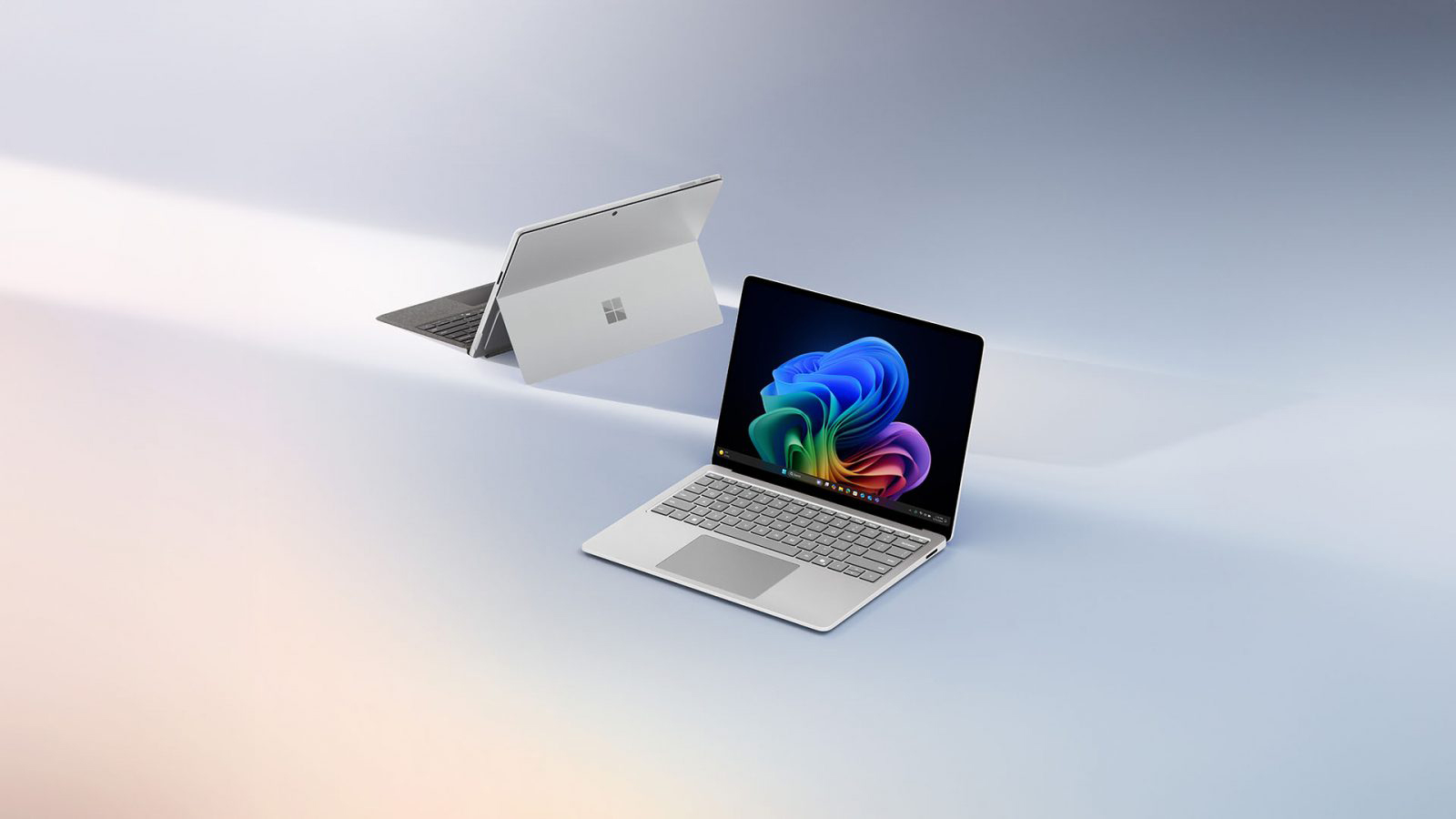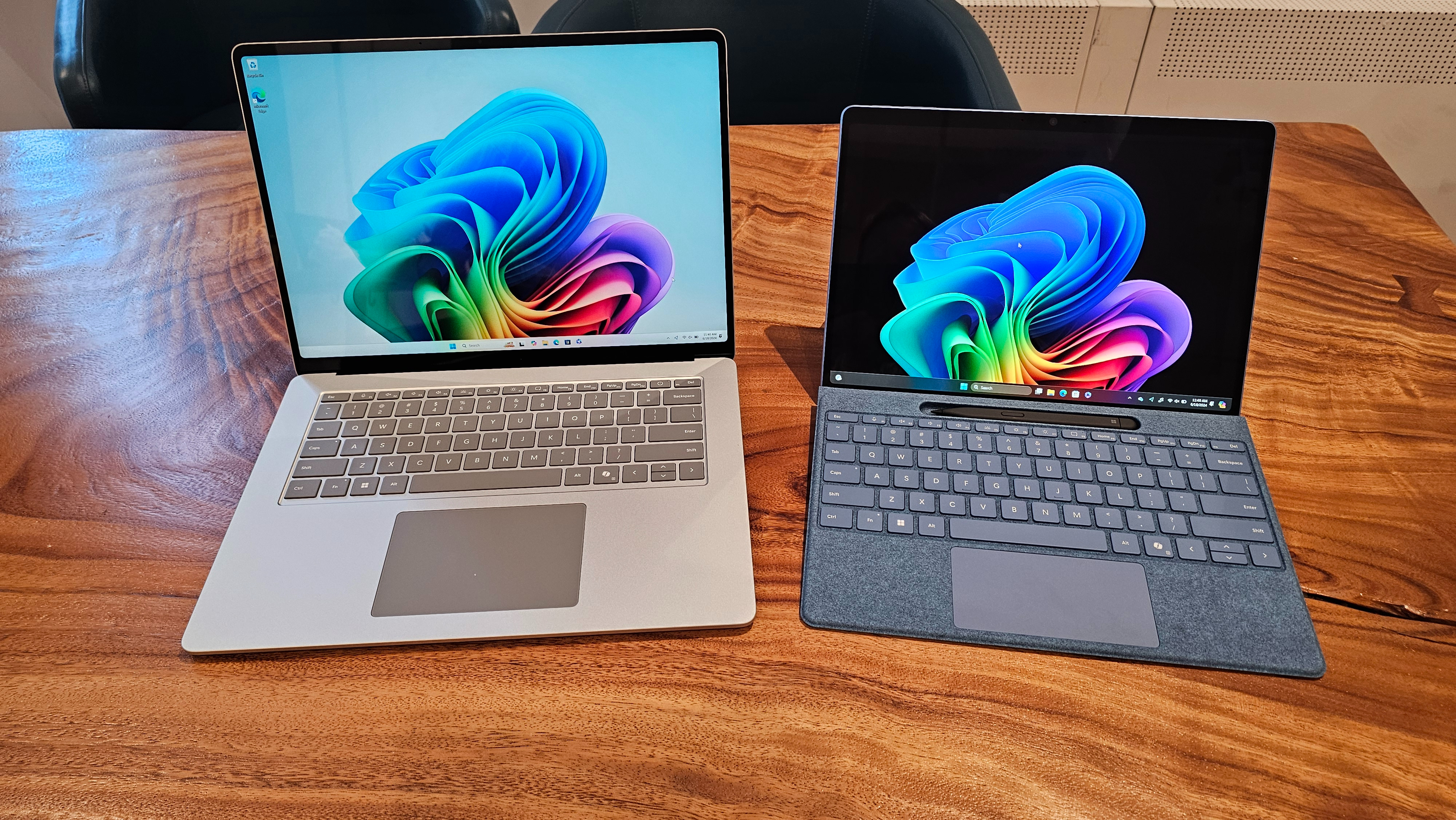
Microsoft and Qualcomm just launched Copilot+ PCs highlighting so-called game-changing AI features. However, a Bloomberg report says that most buyers have purchased these laptops for their battery life, instead of their on-device AI capabilities. Microsoft introduced three AI-powered features exclusive to Copilot+ PCs — Cocreator, Windows Studio Effects, and Live Captions with Translation. However, many users find that these aren’t essentials in day-to-day use. Microsoft also delayed the release of the interesting Recall feature due to privacy concerns.
Snapdragon-powered laptops have still precipitated some good sales numbers, with Copilot+ AI PCs raking in 20% of global PC sales during launch week. However, industry analyst Avi Greengart said that most users purchased these AI laptops for their better battery life, rather than their AI capabilities.
Although AI capabilities have been gaining popularity in recent months, many software companies still run user-facing AI features on their data centers via the Cloud, instead of running them on-device. The giant software corporations — Adobe, Salesforce, and SentinelOne — declined Microsoft’s request for them to tweak their apps to use the NPUs onboard the Snapdragon chips in time for the launch of Copilot+ PCs.
While tweaking apps to run AI processes locally will save companies processing power, doing so costs resources and manpower. Gregor Steward, SentinelOne’s VP for AI said, “SentinelOne is looking at optimizing its products for AI PCs in future development, but it will likely take years for these devices to reach a ‘sufficient proportion of deployed machines.’” Salesforce is also developing on-device generative AI tech, but it didn’t give information about when it will deliver this feature to its users.

With only 3% of PCs sold this year expected to have AI capabilities, it does make sense for major developers to hold-off building AI features into their apps until they have more widespread adoption. Estimates suggest that it will take at least a couple of years before AI PCs are in the hands of one in five new PC buyers. Even by 2028, only 40% of new computers shipped to users will be AI-capable, according to the latest analysis.
Consumers are more likely to purchase AI PCs, especially those who want the longer battery life that Arm-based chips afford laptops (like Apple-silicon MacBooks), but still want to stick with the familiar Windows OS. However, many corporate clients might hold off switching to Windows on Arm, especially those that need legacy apps that run into issues with or aren’t even supported by Microsoft’s Prism emulation software.
Marketing millions
But Qualcomm is still hopeful that the AI boom will help drive sales of its chips and it is taking a page directly from Intel by investing heavily in marketing. Team Blue’s Intel Inside branding was a massive win for the CPU company, with the average PC buyer looking for that sticker when buying a new computer in the ‘90s and 2000s.
Microsoft’s Copilot+ PCs are currently synonymous with Qualcomm’s Snapdragon X chips, but it won’t be for long as AMD’s Ryzen AI 300 PCs will get the same treatment later this year. So, the chip maker is investing massive amounts directly in marketing, with the company paying more than $75 million annually, sponsoring Manchester United. It’s also reportedly paying more to computer manufacturers to aid their marketing efforts.
The AI PC is currently just a marketing gimmick, especially with the limited on-device AI capabilities you get with Microsoft’s Copilot+ PCs. We expect on-device AI features will eventually receive widespread adoption, but it will take several years for that to happen.
However, the simple fact that we have another CPU option over Intel and AMD is already a big win among consumers, helping break the duopoly that Team Blue and Team Red have built over the years. Furthermore, the improved battery life with comparable performance that Snapdragon laptops bring will force x86 chip manufacturers to innovate on power efficiency or be left in the dust.







